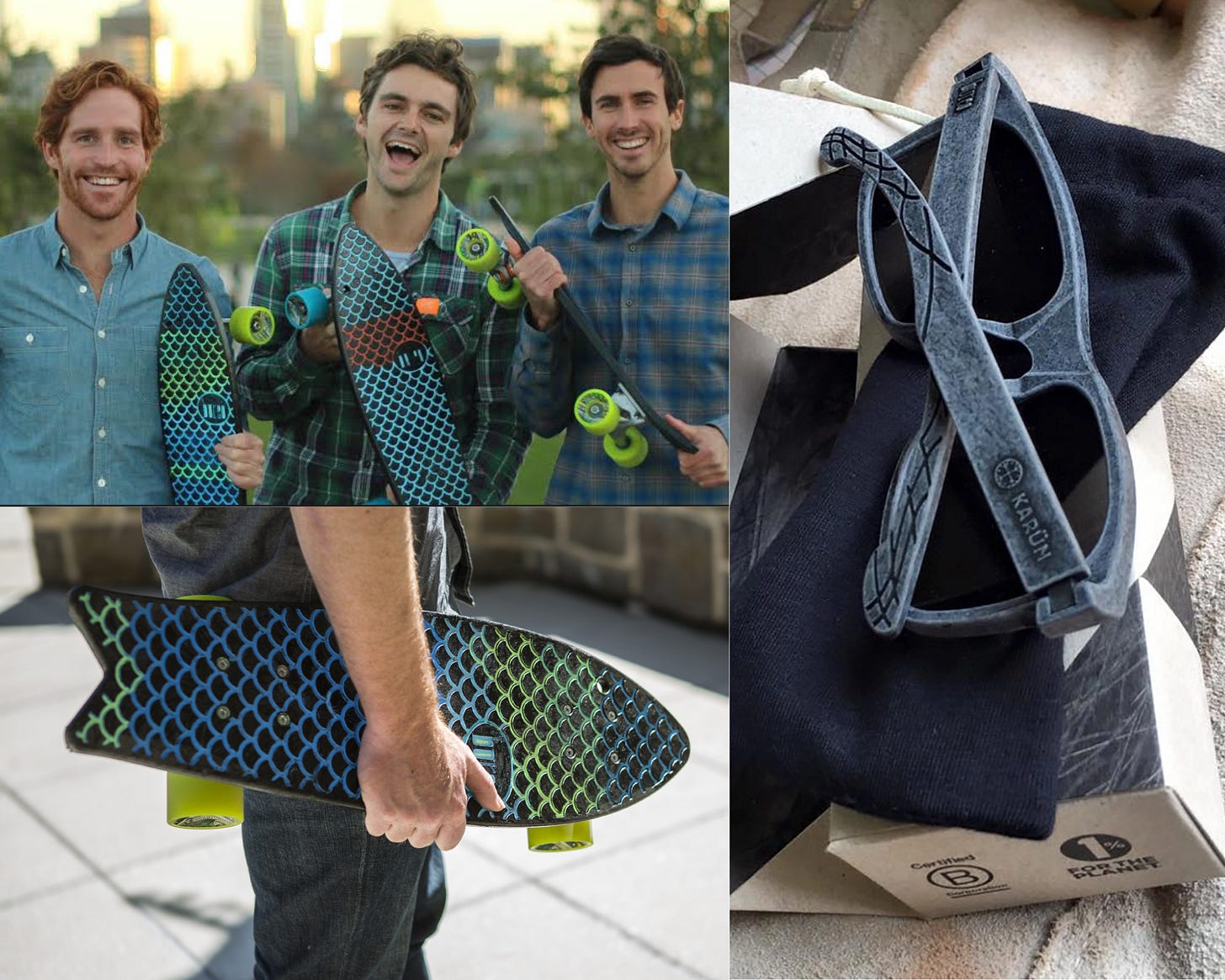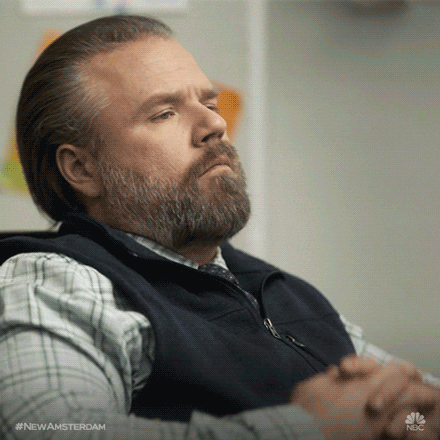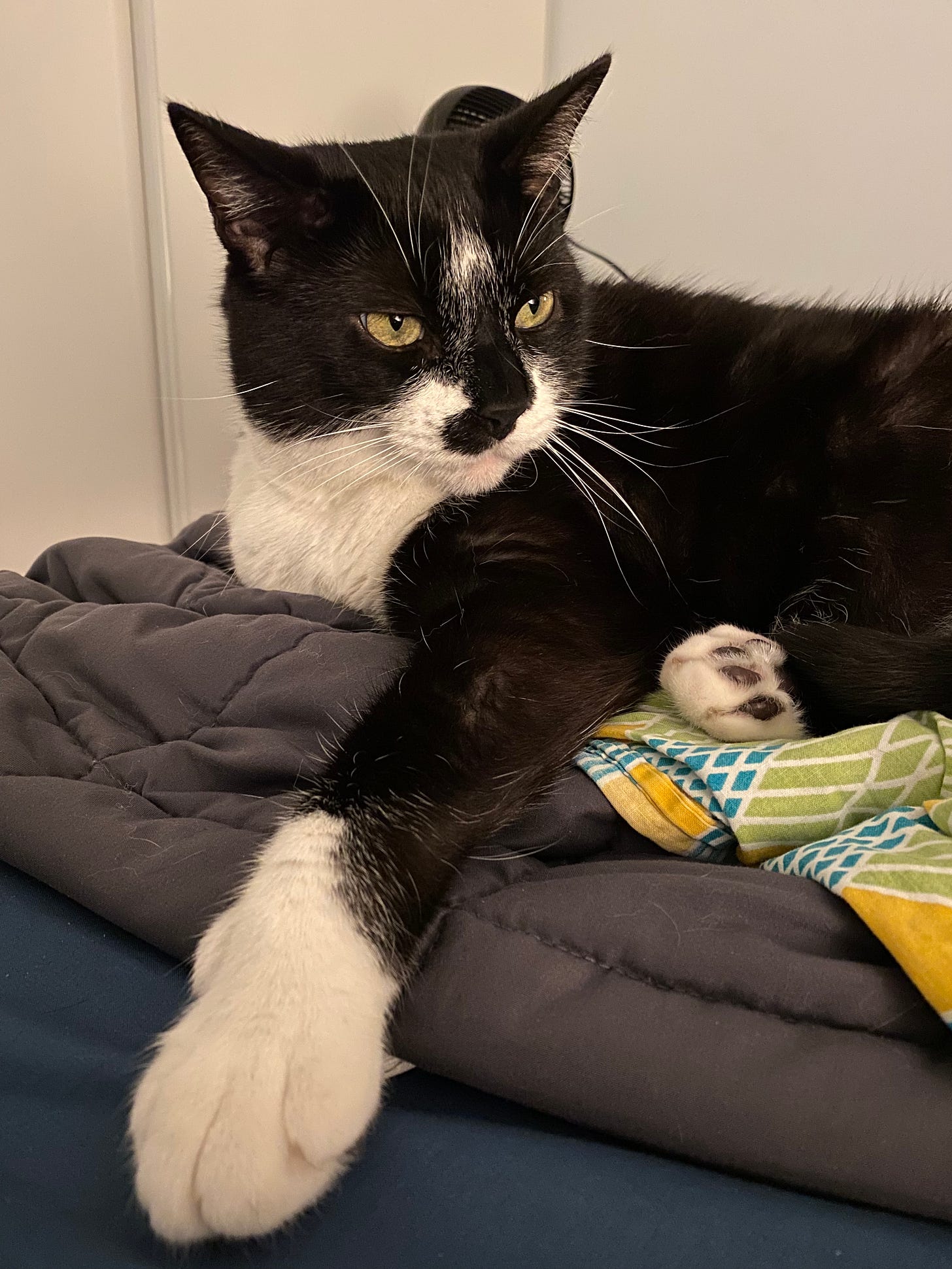This is what the world will look like in next 10, 20 & 30 years
If we don't act now
What if we let things be how they are?
Continue exploring the limited resources.
Let ourselves be gripped by consumerism.
Don’t put an end to fossil fuels.
What would the world become?
World Economic Forum has done a great job in summarizing it in a video.
In the 2030s, ice caps and ice sheets would continue to melt, raising the sea level by 20cms.
Coastal cities which are at sea level would start flooding.
100 million people would be pushed to extreme poverty.
Every year, 250,000 people would die because of climate change-related illnesses.
This is apart from the people who would die from floods, droughts, landslides and other climate change-related disasters.
In the 2040s, sea levels would reach 60cms in some places.
Countries like Bangladesh, Vietnam and Thailand would be flooded and would see mass migration.
8% of the global population would be impacted by water shortages.
The Arctic would be ice-free in summer.
In the 2050s, 2 billion people would face temperatures above 60C for months.
We would be wearing masks all the time- not for COVID(hopefully) but to prevent ourselves from smog.
Northeast US would see 25 major floods every year. It saw 1 in 2020.
140 million people would be displaced because of food and water shortages.
If we manage to see the 2100s, Florida would have disappeared and coral reefs would have vanished.
40% of the planet would be facing drought.
Wildfires would be common and Southern Spain and Portugal would have become deserts.
Disclaimer- If you didn’t find your country’s name there- it doesn’t mean that you are safe. A 2.5-minute video could not cover all the countries
You could also leave a comment or simply reply to this email with your thoughts.
For this edition, I’ve 3 startups that are preventing plastics from reaching our oceans and are removing the ones that have already reached.⬇️
10% of the ocean’s plastic is fishing nets... With 6000km of the Pacific Ocean coastline, Chile has a lot of independent fishermen. During the peak season, they replace their plastic fishing nets every week. And they leave the old ones in the harbour or throw them overboard while at sea. We can’t really blame them for this. The lack of waste management infrastructure in the country and their tough financial conditions puts effective waste management on the back burner.
Another life…California and Chile-based social enterprise Bureo realized how big the scale of the fishnet pollution problem is and decided to do something about it. They collect discarded fishnets and then use them to make products like skateboards and sunglasses. Instead of fishing out the fishnets from the ocean, they prevent them from ending up in the ocean in the first place.
They collect nets directly from more than 50 fishing villages along the coasts of Chile, Peru, and Argentina.
These nets are then cleaned, shredded and placed in a granule-making machine, which produces small plastic pellets.
These pellets are then injected into a mould and converted into products like skateboards and sunglasses.

The backstory…Bureo takes the nets directly from the fishermen. It provides the brands (like Patagonia) with a 100% traceable source of raw material (and a story to tell their customers). They have also set up programs in Chile, Peru, and, Argentina to educate fishermen on how Bureo can take their old nets and recycle them in an environmentally-sensitive way.
What’s the source…Plastic in our oceans comes from different sources. Apart from some that are directly dumped into the oceans, most of it flows from our homes and industries, through rivers and canals, into the oceans. Once it reaches the oceans, it’s hard to find and remove it. We can prevent it from reaching the oceans if we intercept it in the rivers and canals. But we can’t really build physical barriers in these waterways as that would impact navigation and the ecosystem.
A bubble wall…Dutch start-up Great Bubble Barrier’s aim is to prevent plastic from reaching the oceans and putting it back into the chain. They have created a wall of bubbles that intercept the plastics in rivers and canals without blocking the passage of boats and marine wildlife. The bubble barrier is a long, perforated tube running diagonally across the bottom of the canal.
Compressed air is pumped through the tube and rises upwards, creating bubbles.
This creates a bubble barrier that prevents the plastic waste from further flowing downstream.
Fishes and boats can easily pass through this barrier while the majority of the plastic waste cannot.
Three childhood friends…Anne Marieke Eveleens, Francis Zoet and Saskia Studer came up with this idea a few years ago in a pub (source of all great ideas). They did some research and realized that their idea was not unique and was already being used to keep out oil spills and noise from underwater construction and drilling. This made their job easier and they decided to build on the existing technology to keep the plastic out of the oceans.
Scary...I don’t know how many times I have quoted this but I will do it once more- ‘By 2050 there will be more plastic than fish in the oceans’. An estimated 4.8 to 12.7 million tonnes of plastic end up in the oceans each year. To put it into perspective, one garbage truck is dumped into the ocean per second.
Parley for the oceans…One of the most innovative companies that have been leading the charge on plastic-free oceans is Parley. They bring together designers, creatives and brands to find scalable solutions to solve the ocean plastic pollution crisis- from reclaiming plastic debris from the oceans to developing sustainable materials that can be used in manufacturing in place of plastic.
They work with artists like Pharell Williams and brands like Adidas to raise awareness around ocean pollution and develop material solutions.
They work with developing coastal nations to collect plastic from shores and upcycle them to create different products.
They also deploy fishing boats to intercept plastic in the sea.

Behind the scenes…Heard of the Adidas collection made out of ocean plastic? Well, the brand behind that is Parley. The plastic collected by Parley is cleaned, sorted and processed into flakes. Adidas creates a polyester yarn from them, named Ocean Plastic and uses them to form the upper parts of shoes and clothing like jerseys.
🙋Trivia of the week
Thanks for reading today’s edition. If you liked it, please share it with your network.
Hit that 💚 if you learnt something new today.
Thanks and see you next week😄









